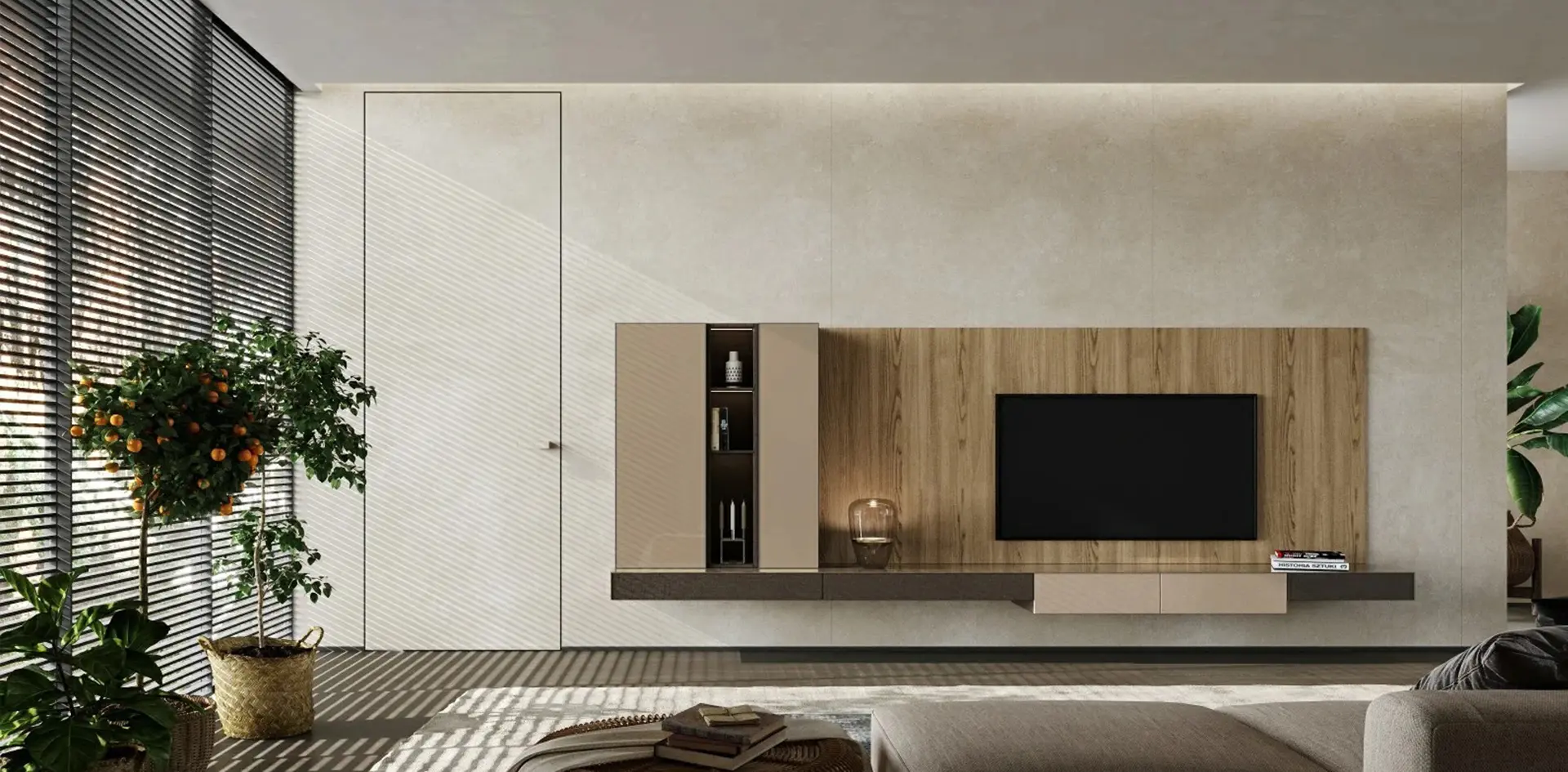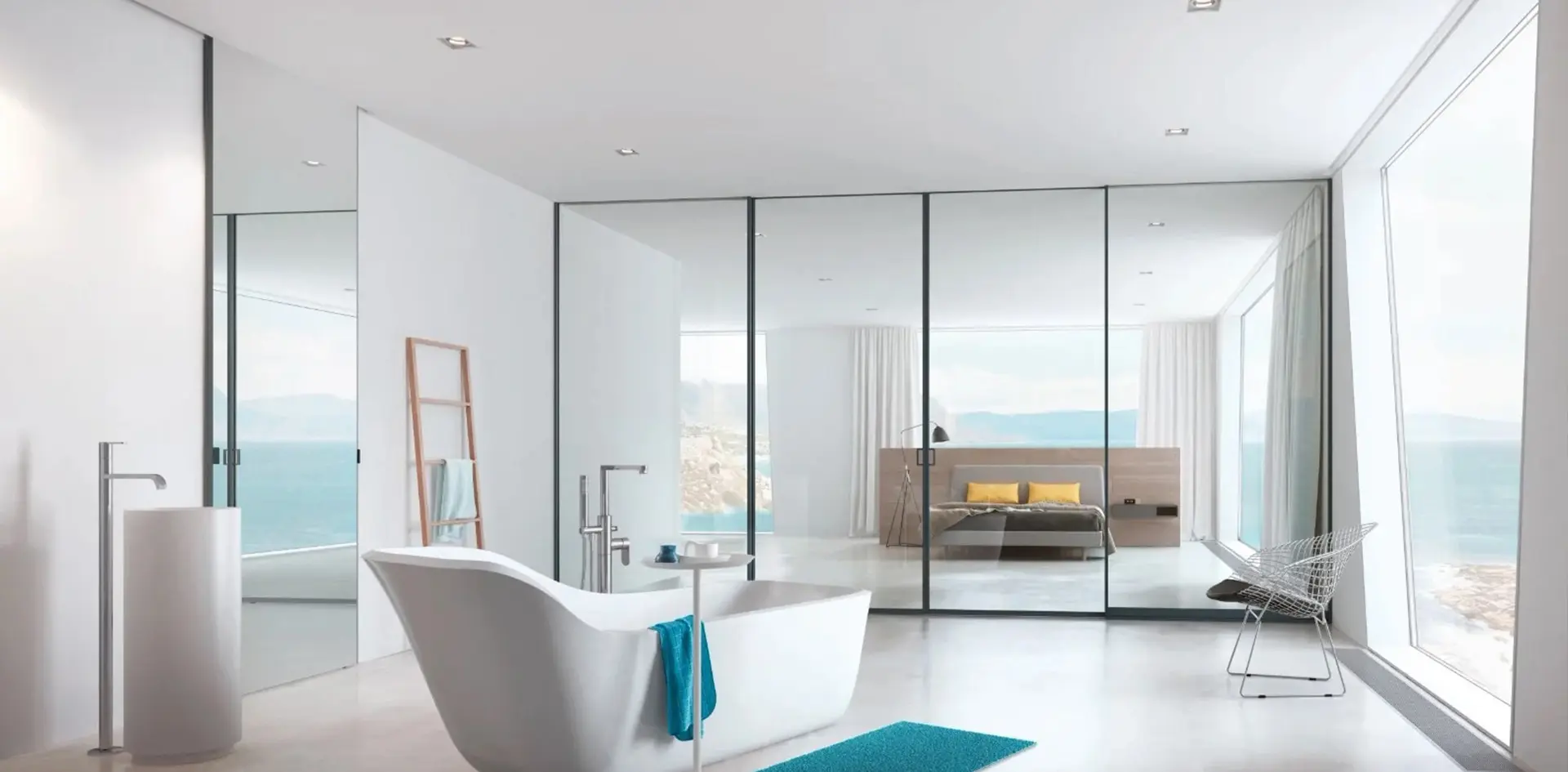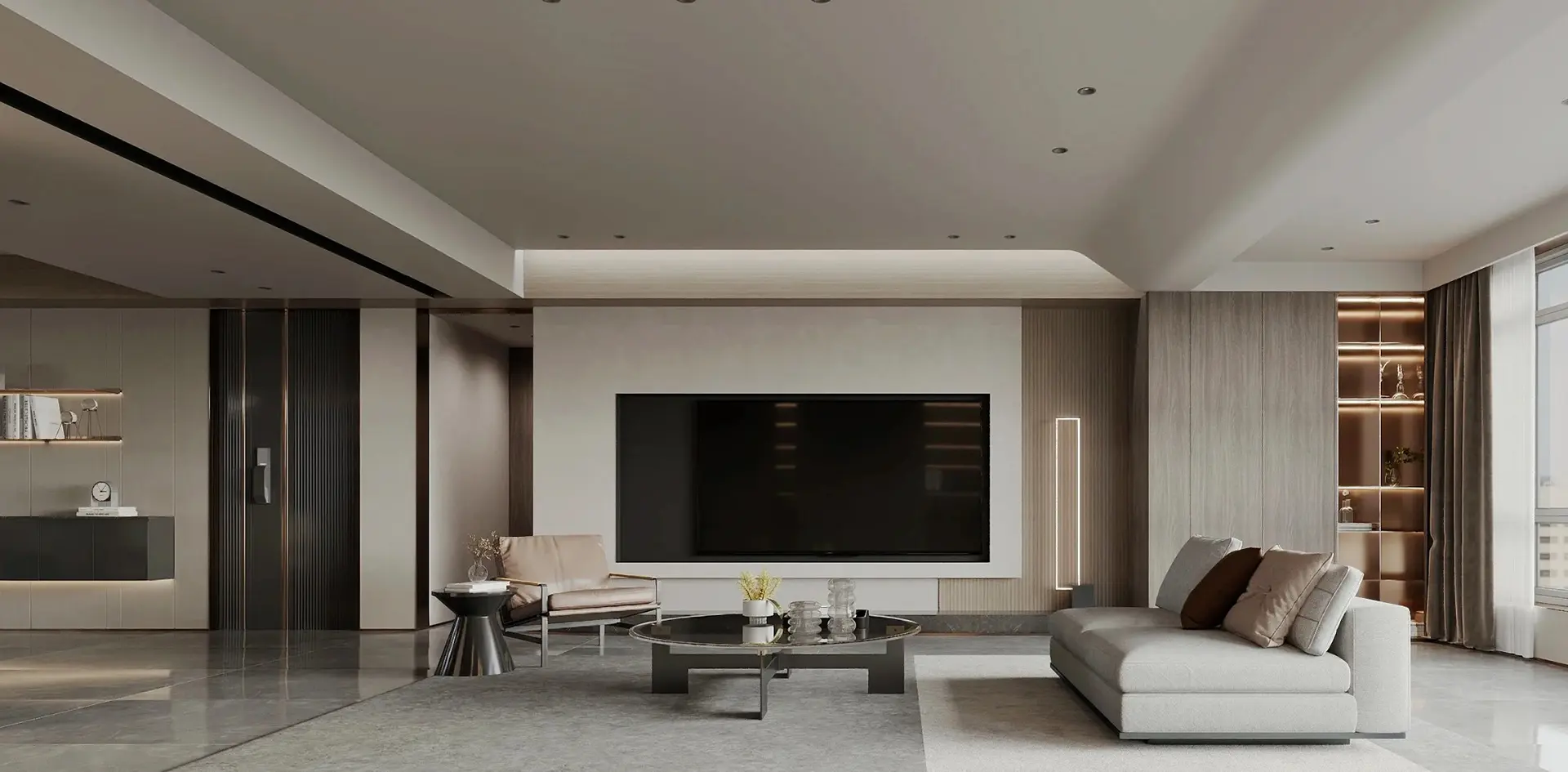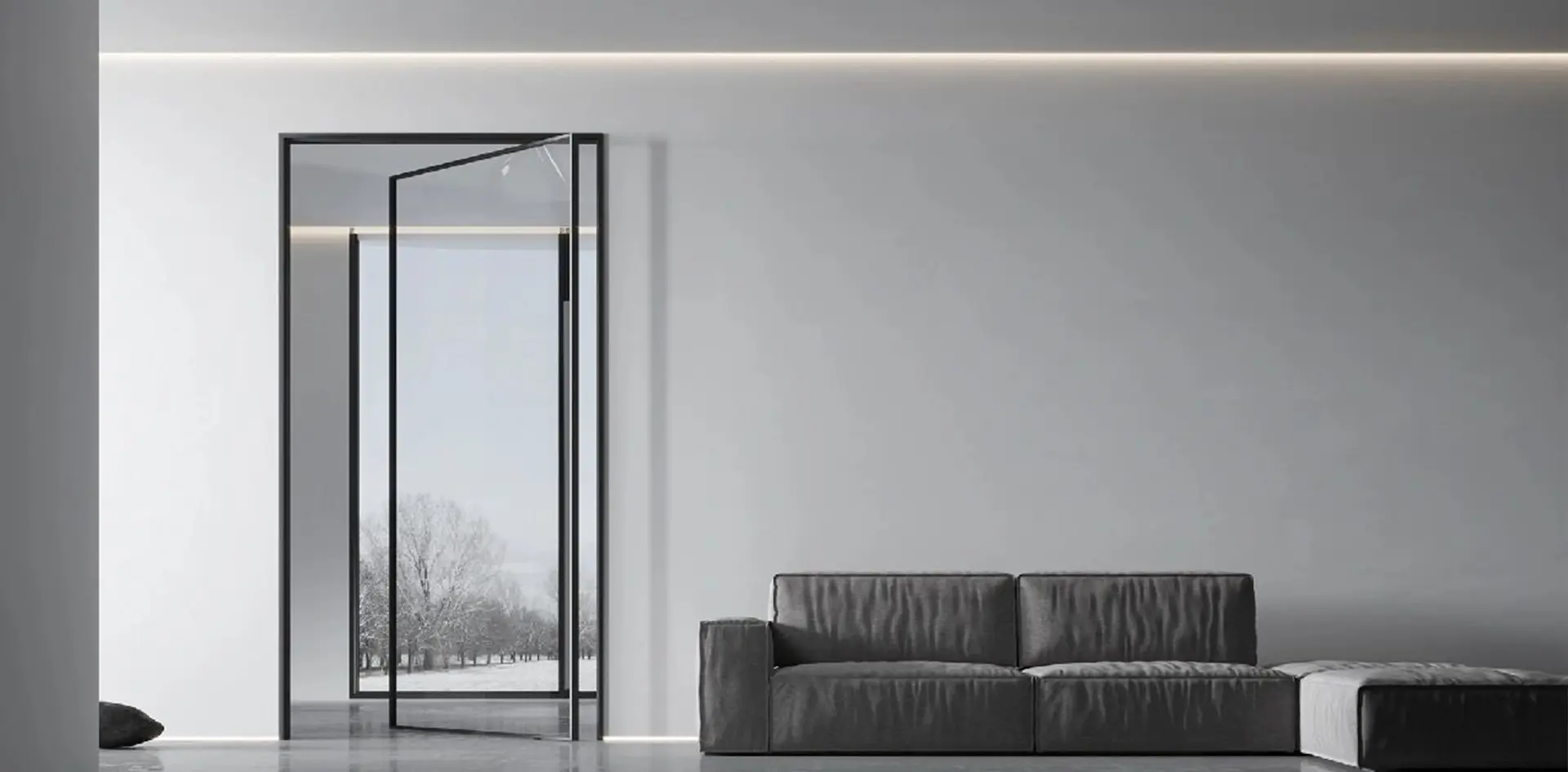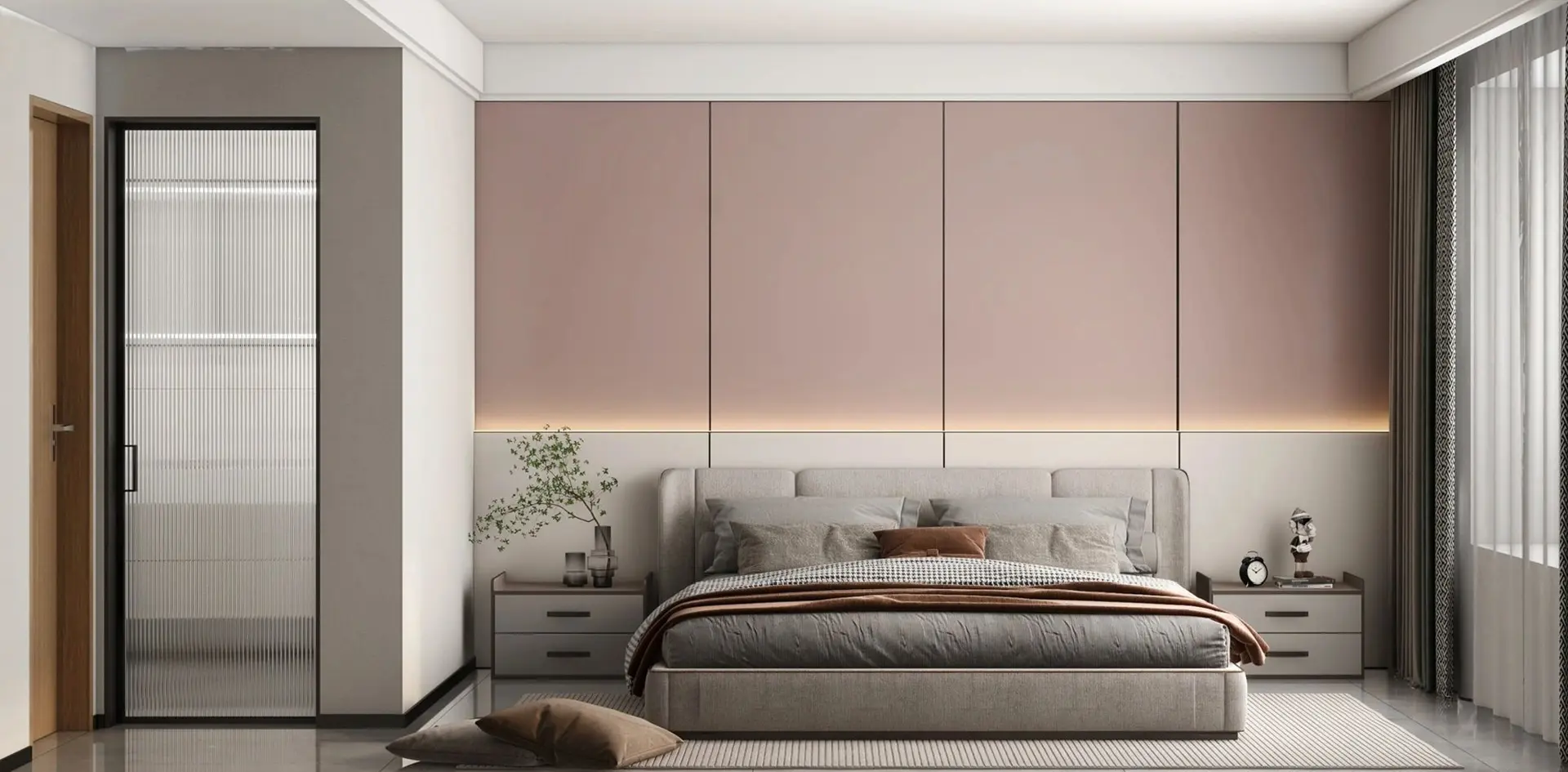
Comprehensive Technical Specifications of the Ultimate Lockable Sliding Door Solutions
In today's rapidly evolving architectural landscape, the demand for advanced security solutions has propelled the popularity of Lockable Sliding Doors. According to a recent market analysis by Research and Markets, the global sliding door market is projected to reach USD 38 billion by 2027, driven by the increasing need for space-efficient and aesthetically pleasing entryways in both residential and commercial properties. These doors not only enhance the aesthetic appeal of buildings but also offer significant security benefits, making them a vital consideration for homeowners and builders alike. This blog will delve into the comprehensive technical specifications of the ultimate lockable sliding door solutions, shedding light on their functionality, durability, and design attributes, as well as providing a practical guide on how to choose the right system for your specific needs.
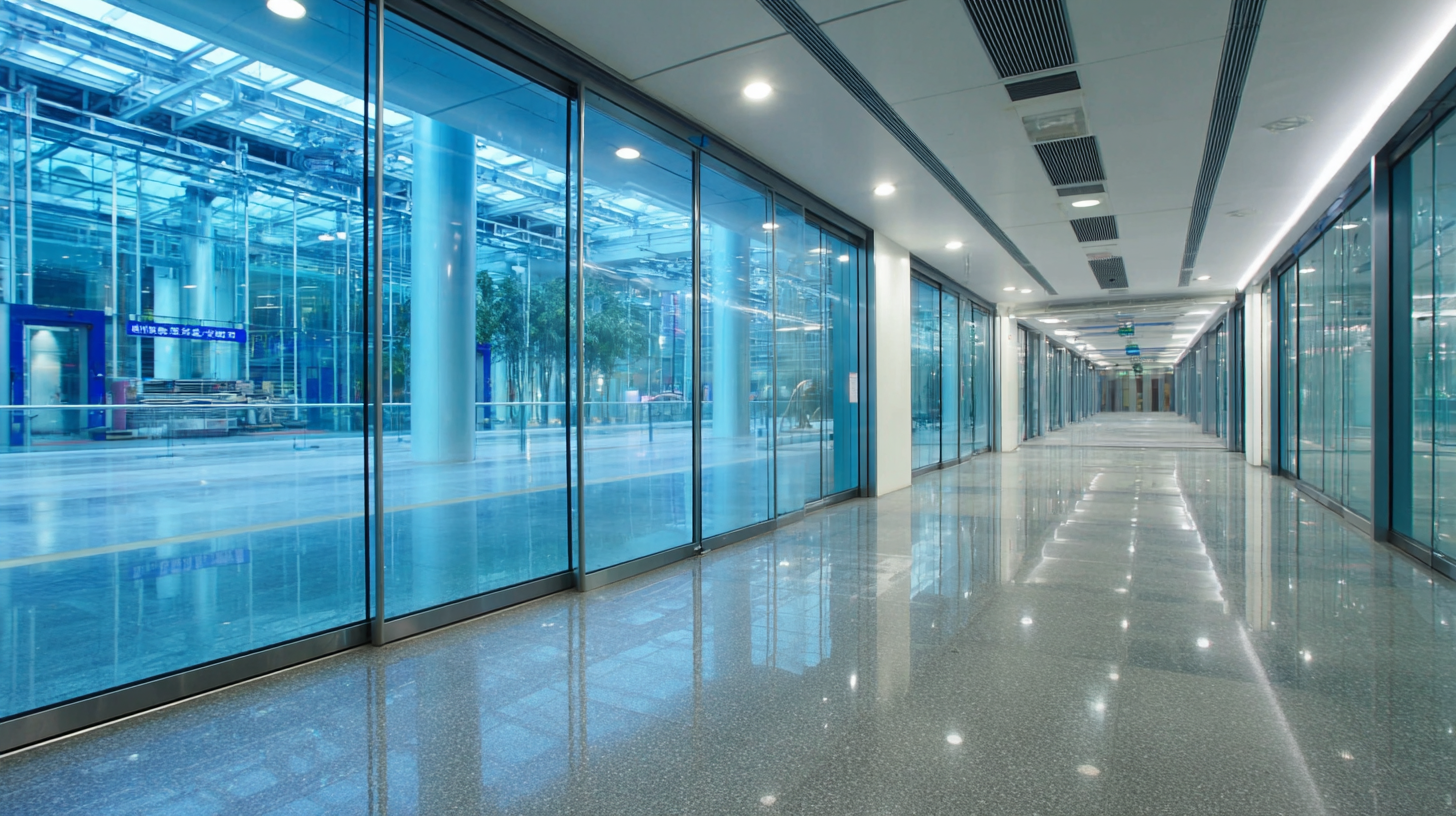
Ultimate Sliding Door Designs: Addressing Common Industry Challenges
The sliding door industry faces several common challenges, such as
security concerns,
thermal insulation,
and space optimization.
According to the International Door Association's report, over
30%
of homeowners prioritize enhanced security features when selecting
sliding doors, highlighting the demand for systems that combine
convenience with safety. With innovations in lockable mechanisms,
manufacturers are now able to offer solutions that not only secure
the door but also withstand tampering, providing peace of mind to
homeowners.
Moreover, energy efficiency
is a growing concern, with the U.S. Department of Energy noting that
sliding doors can account for significant heat loss in homes. Advanced designs
featuring triple-pane glass and
insulated frames can substantially reduce
heat transfer, improving overall energy performance. As such, the incorporation
of these technologies not only combats energy inefficiencies but also addresses
consumer demands for sustainable living. The latest market analyses suggest a
15% increase in demand for
energy-efficient sliding doors, demonstrating a clear trend towards innovative
designs that solve prevalent industry issues.
Material Durability: Evaluating the Longevity of Lockable Sliding Doors
When considering lockable sliding doors, material durability plays a crucial role in ensuring both security and longevity. These doors are typically made from a range of materials, including aluminum, vinyl, and wood. Each material offers unique advantages, but understanding their resilience against weather, wear, and tear is essential for making the right choice. For instance, aluminum doors are favored for their strength and resistance to corrosion, making them ideal for areas with high humidity or rainfall.
**Tips:** Always opt for materials that are treated for weather resistance to enhance their longevity. Additionally, consider investing in doors with a multi-point locking system, as this not only provides added security but also helps in maintaining the door’s integrity over time.
Another important factor in evaluating durability is the quality of the installation. Even the best materials can suffer if not properly installed. Poorly aligned tracks and inadequate sealing can lead to issues such as water leaks and operational difficulties, ultimately reducing the lifespan of the door.
**Tips:** To ensure proper installation, hire experienced professionals who specialize in sliding door systems. Regular maintenance checks can also help identify potential issues before they become significant problems, prolonging the life of your sliding doors.
Security Features: Analyzing the Effectiveness of Lock Mechanisms
In the current landscape of sliding door security solutions, analyzing the effectiveness of lock mechanisms is paramount. The rise of smart locks is transforming the market, with the industry projected to exceed $16.47 billion by 2033, driven by consumer demand for enhanced security and convenience.
With advancements in technology, new locking mechanisms integrate innovative features such as mobile-first control, offering users unparalleled access management.
Research from industry reports highlights the growing trend towards smart home security solutions. For instance, the residential smart lock market is expected to grow significantly, with estimates indicating an increase from $3.4 billion in 2025 to over $8 billion by 2034. This substantial growth reflects a broader shift in consumer preferences, where features like tracking and remote access control are becoming standard expectations rather than luxuries.
Moreover, the innovations within lock mechanisms—such as those observed in pattern lock systems—exemplify the industry's commitment to enhanced security through continuous improvement. The introduction of temporal codes alongside traditional locking methods signifies a critical evolution in user authentication processes, addressing vulnerabilities and increasing overall effectiveness in securing entry points.
Weather Resistance: The Importance of Sealing and Insulation in Door Solutions
When it comes to lockable sliding door solutions, weather resistance is a crucial factor that can significantly enhance the performance and longevity of your doors. Effective sealing and insulation ensure that external elements, such as rain, wind, and extreme temperatures, do not compromise the comfort of your indoor space. Choosing materials that offer optimal insulation properties not only helps maintain a stable interior climate but also reduces energy costs, making it an essential consideration for homeowners and builders alike.
**Tips:** Always opt for high-quality weather seals around your sliding doors to prevent drafts and water leakage. Regularly inspect and maintain these seals, as wear and tear can occur over time, diminishing their effectiveness. Additionally, consider installing a door with double or triple glazing to maximize energy efficiency and sound insulation.
Furthermore, it’s vital to select sliding door solutions that come with integrated insulation layers. These layers act as barriers, providing additional protection against severe weather conditions. A well-insulated door not only boosts energy efficiency but also enhances security, ensuring that your home remains a safe sanctuary regardless of outside conditions.
**Tips:** When shopping for sliding doors, look for products with high thermal resistance ratings. Pay attention to the door's design, as a well-engineered system will help minimize heat transfer and provide overall better performance throughout the seasons.
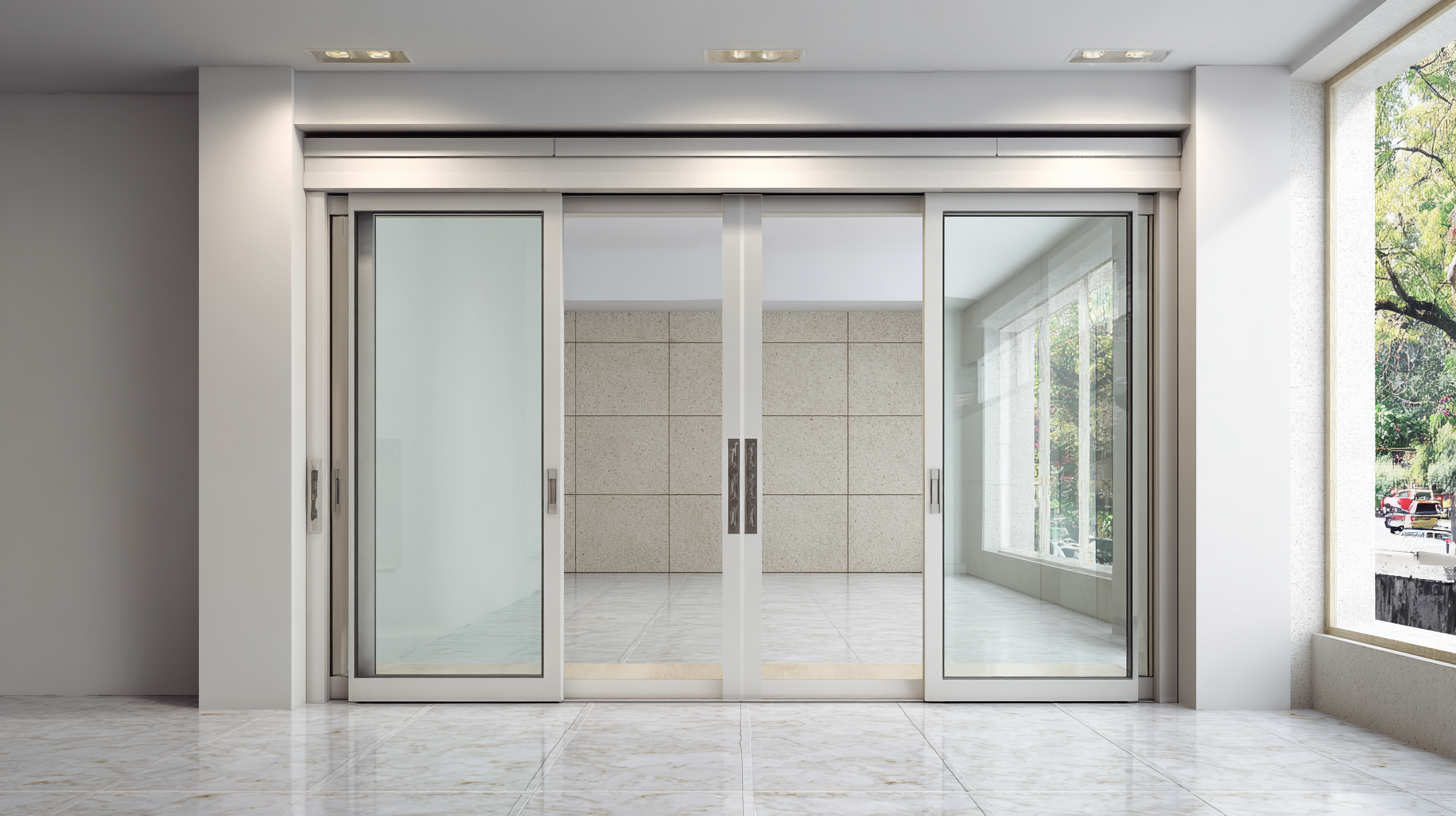
Installation Guidelines: Best Practices for Ensuring Optimal Door Performance
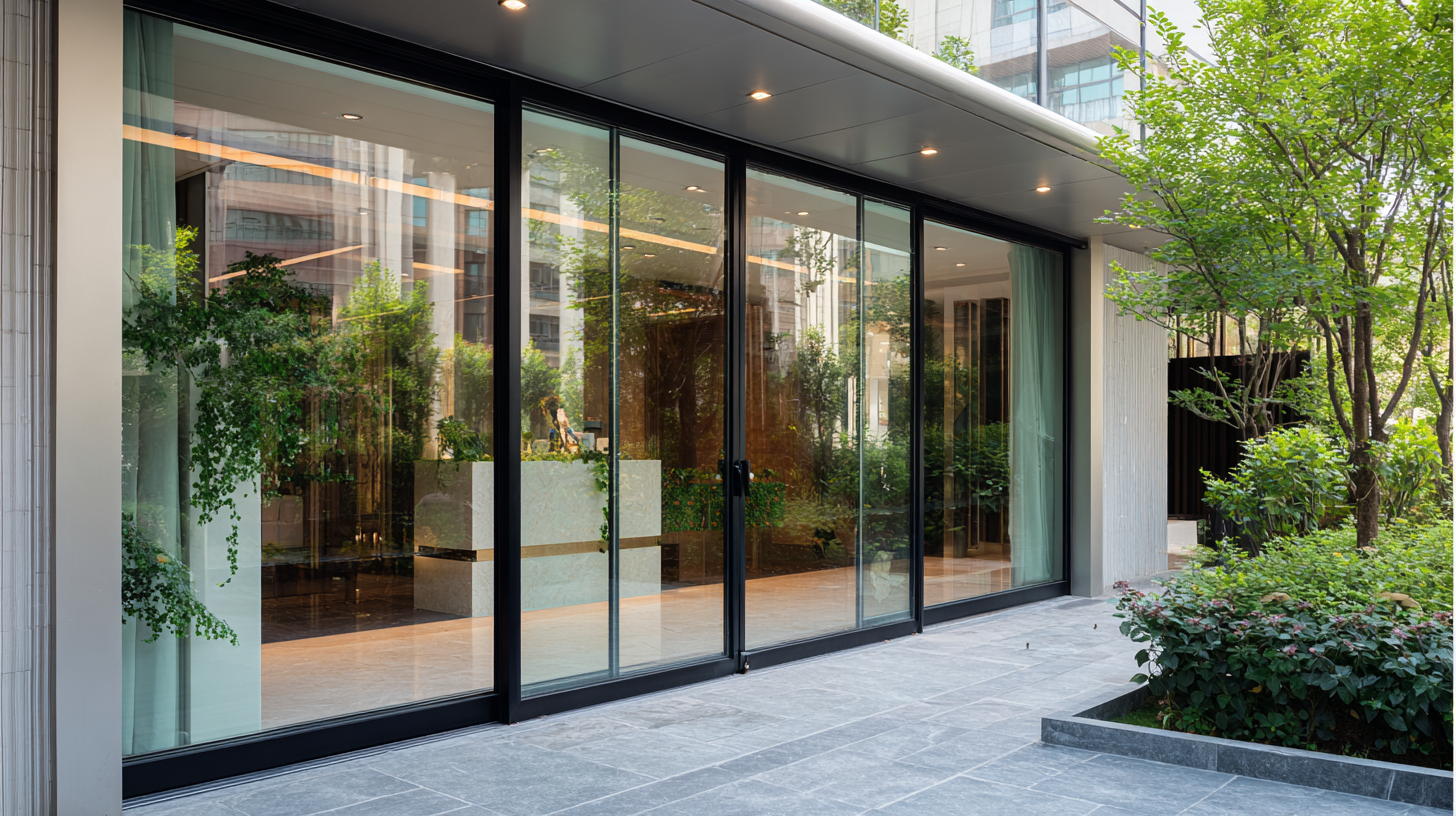 When it comes to the installation of lockable sliding doors, following best practices can significantly enhance performance and longevity. According to a report by the National Association of Home Builders, properly installed sliding doors can reduce energy loss by up to 30%, which is crucial for maintaining interior comfort and reducing heating and cooling costs. Ensuring that the door frame is level and plumb during installation is vital; an uneven frame can lead to operational issues such as sticking or jamming, ultimately compromising security.
When it comes to the installation of lockable sliding doors, following best practices can significantly enhance performance and longevity. According to a report by the National Association of Home Builders, properly installed sliding doors can reduce energy loss by up to 30%, which is crucial for maintaining interior comfort and reducing heating and cooling costs. Ensuring that the door frame is level and plumb during installation is vital; an uneven frame can lead to operational issues such as sticking or jamming, ultimately compromising security.
Furthermore, utilizing quality hardware plays a fundamental role in enhancing door functionality. Industry studies reveal that homes with premium locks and rollers experience 50% fewer maintenance calls compared to those with standard options. It's recommended to select rollers rated for high cycles to accommodate frequent use, particularly in commercial or high-traffic residential settings. Additionally, aligning the track for smooth operation prevents premature wear and tear, ensuring that your sliding door solution not only functions well but also contributes to a safer and more efficient living space.
